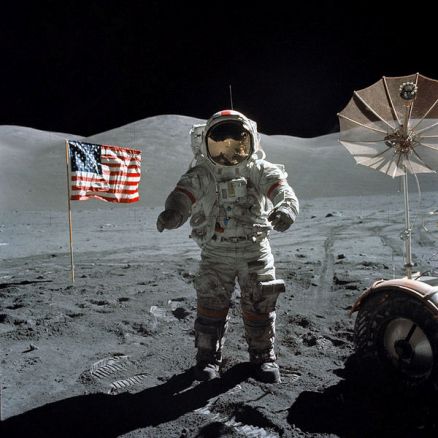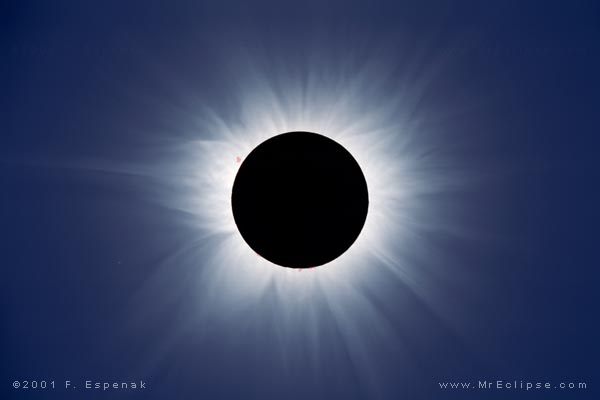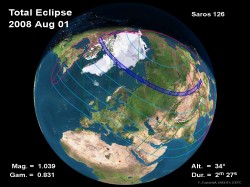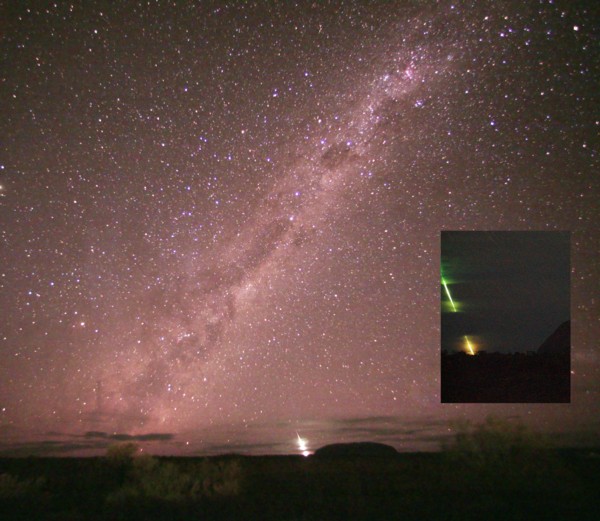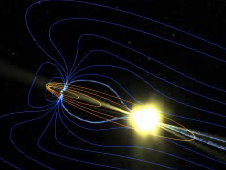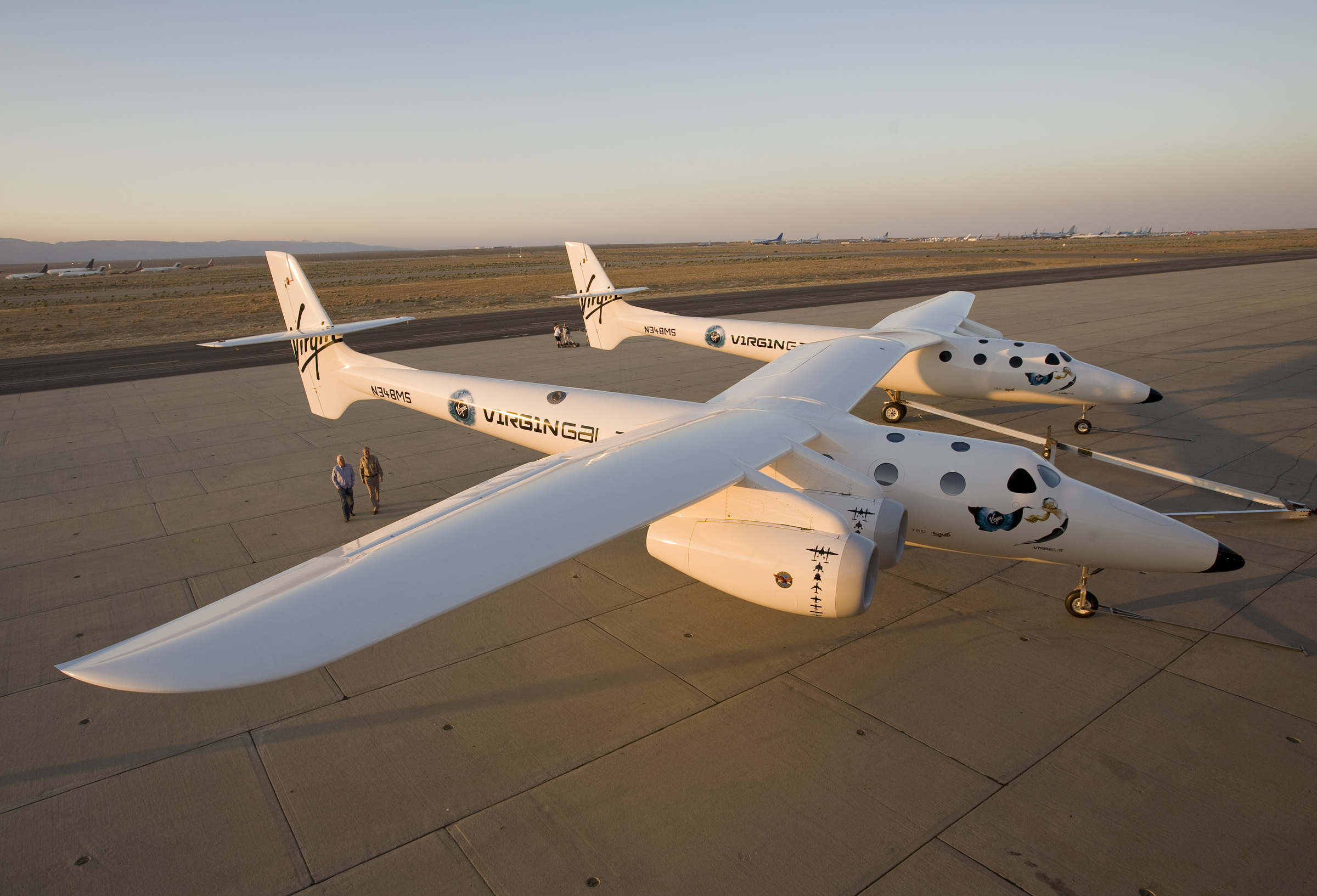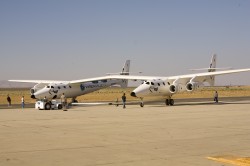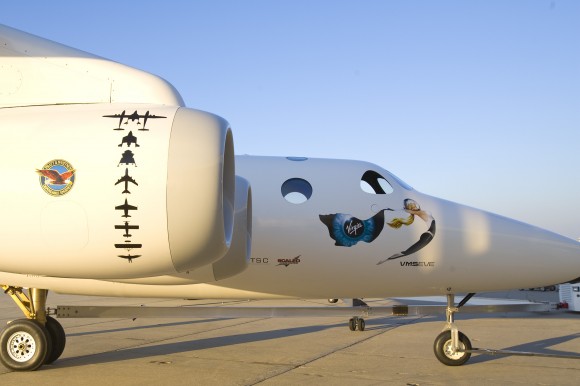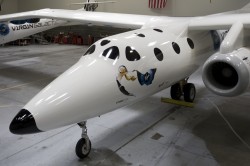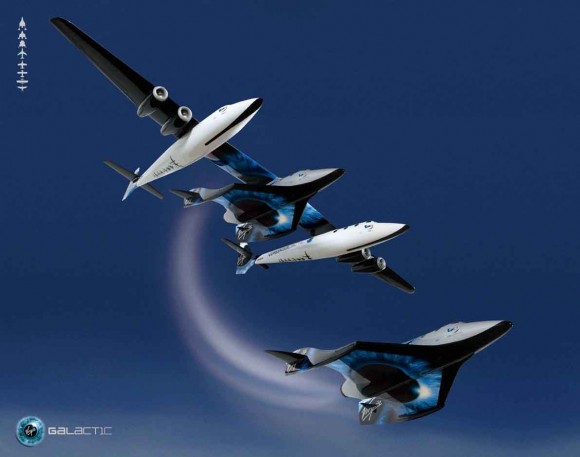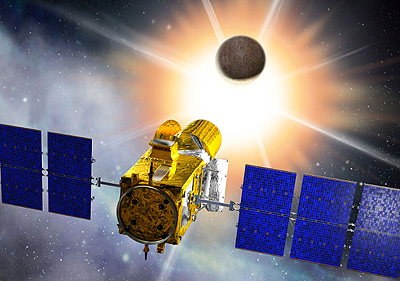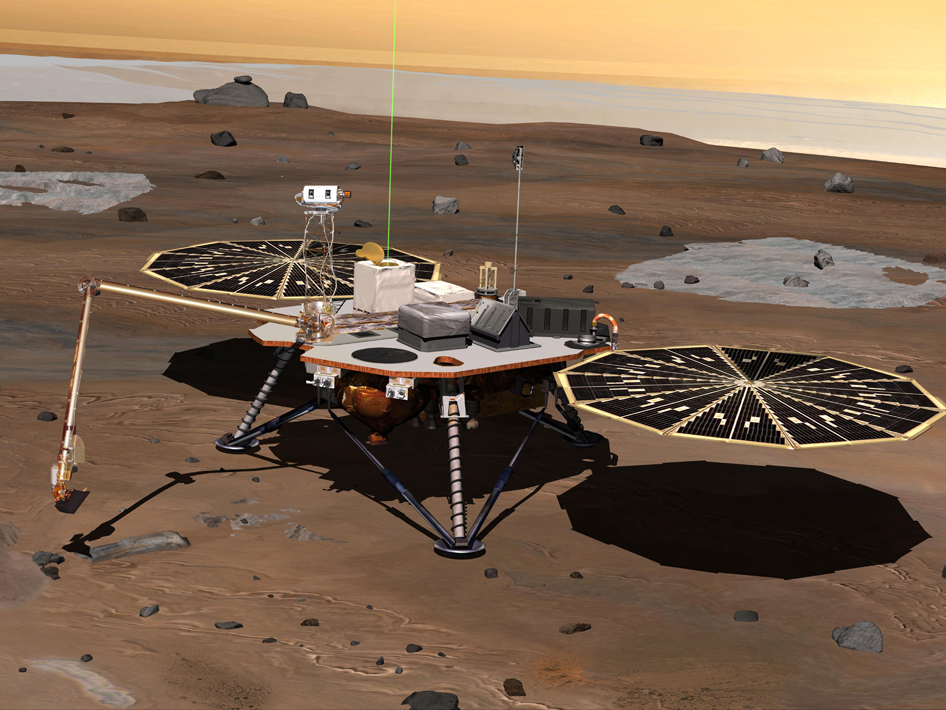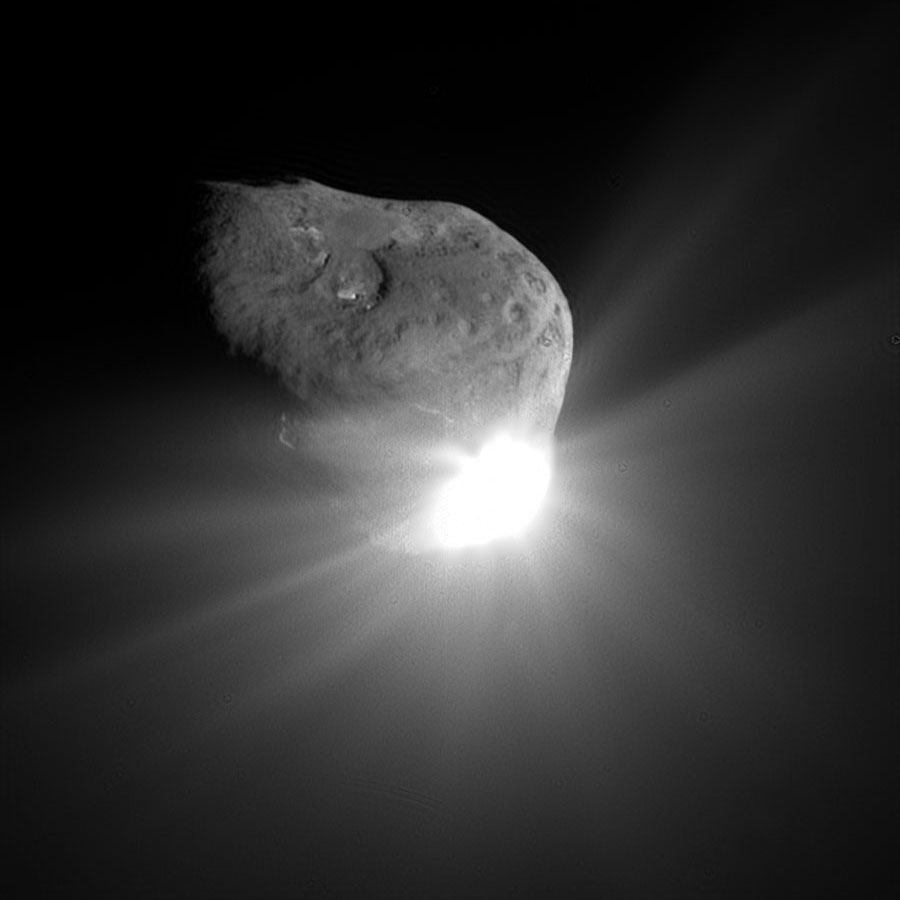[/caption]Are you interested in taking an in-depth look at our nearest star in a specific wavelength of light? H-alpha has a wavelength of 656.281 nanometers and is visible in the red part of the electromagnetic spectrum. A hydrogen-alpha filter is an optical filter designed to transmit a narrow bandwidth of light generally centered on the H-alpha wavelength. These special filters are great, but they are difficult to use because of temperature and f-ratio requirements… not to mention expense! If you’ve ever been curious as to whether or not a Coronado PST was worth the price, then follow along.
At around $500, the Coronado Personal Solar Telescope isn’t an investment you take lightly for such limited use. Because almost all telescopes and binoculars can be outfitted with a relatively inexpensive white light solar filter, it’s almost an extravagance to view in this manner – or is it? For those who are able to afford specific Ha filters to fit their existing refractor telescopes, the luxury provides an incredible wealth of details unseen in white light – but also opens up a world of over-heating and sensitive adjustments. It’s a scary thought to trust your permanent vision to a tiny piece of glass, but human curiosity is what it is. There are those of us who want and need more…
So enter the Coronado H-Alpha Personal Solar Telescope. For years I’ve wanted to get my hands on an h-alpha solar filter and the thought of having a dedicated solar telescope was simply too good to pass up. The refractor telescopes I own were meant for nighttime viewing and I knew this milled aluminum beauty was meant for only one thing – the Sun. But would this amazingly small little gold telescope give me everything that I had hoped for? All I needed was a sunny day…
Setting up a Coronado PST was everything it was promised to be. It is no more difficult to use than a spotting scope and the built-in “Sun Finder” is definitely a bit easier than using the shadow-aim method. Happy as a little clam, I draped a black towel over my head and bent to the eyepiece. I kept sliding the focus up and down, but was met with nothing but a rotten, blurry image. Where’s this great solar telescope, huh? Where’s the excitement? I was disapointed at first.
But it wasn’t the telescope’s fault… It was mine.
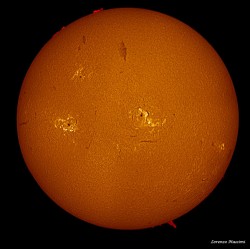
Over a period of several months, the Coronado PST and I have done a lot of exploring. I’ve learned to identify plages and fibrils. I’ve seen prominences and filaments. What sunspots there are have taken on a whole new dimension. The PST has awakened my curiosity to what can be observed with even more sophisticated equipment! Was it worth what it cost?
Every last cent…
Note to Readers: The Coronado Personal Solar Telescope used for this review was purchased at Oceanside Photo and Telescope – an exclusive Coronado dealer.


